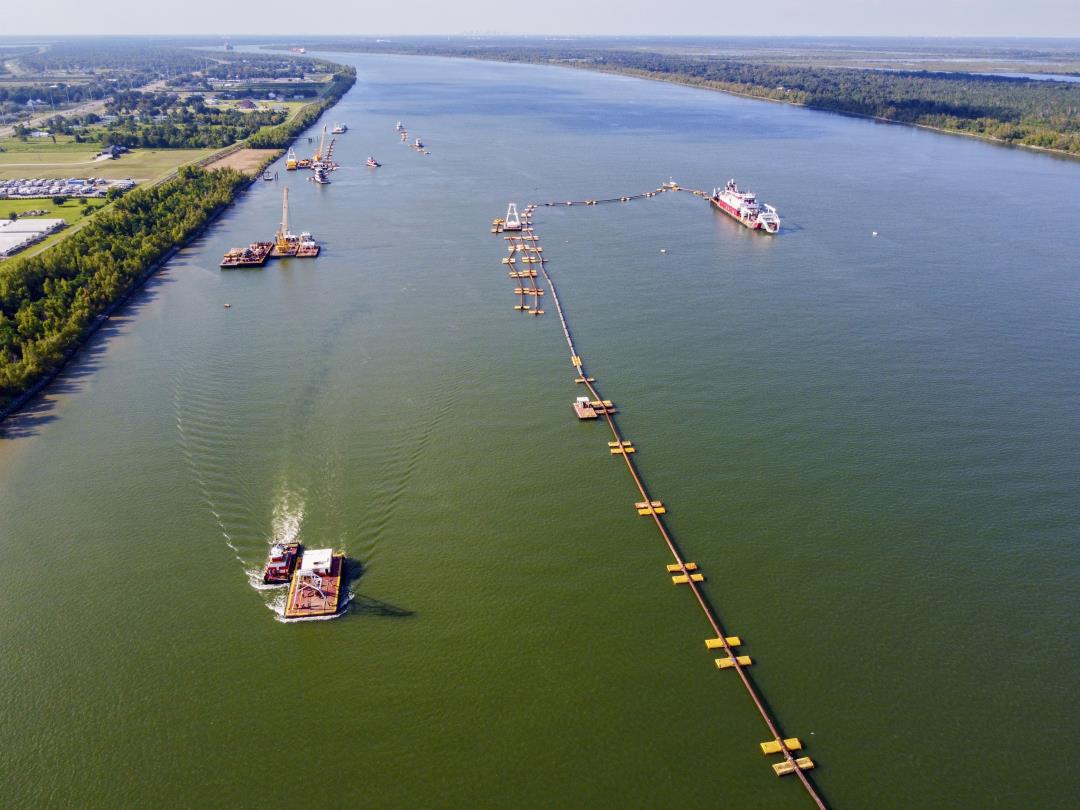
A summer of scorching temperatures and scarce rainfall has created a significant threat to the drinking water supply in New Orleans. In the upcoming weeks, water levels on the Mississippi River are projected to reach record lows for the second consecutive year. This means that saltwater from the Gulf of Mexico, which is typically blocked by the river’s strong current, is likely to infiltrate water treatment plants in New Orleans and other nearby towns by mid- to late October, as reported by NBC News and the New York Times. Louisiana Governor John Bel Edwards characterized the situation as extremely serious, prompting his request for a federal emergency declaration for Jefferson, Orleans, Plaquemines, and St. Bernard parishes. The city of New Orleans has already issued its own emergency declaration.
Since June, approximately 2,000 residents in Plaquemines Parish have been under drinking advisories, according to NBC and the Times. As the crisis intensifies, nearly 1 million individuals in the region could potentially face water contamination, as reported by NBC. Governor Edwards expressed disappointment over the lack of relief from the dry weather conditions, stating that there is no foreseeable precipitation along the Mississippi River that would considerably improve the situation. His office further revealed on Monday that in certain areas, the elevated salinity resulting from the saltwater infiltration is projected to exceed the Environmental Protection Agency’s maximum standard of 250mg/L. This will not only impact public water systems but also pose a risk of corrosion to water distribution systems, machinery, and appliances.
However, numerous measures are being taken to address the issue. The US Army Corps of Engineers is actively working on increasing the height of an underwater levee, which was constructed in July to block the progress of the denser saltwater. This construction project is expected to take 24 days and delay saltwater intrusion by 10 to 15 days, according to Army Col. Cullen Jones. Once the intrusion occurs, the corps plans to transport 36 million gallons of fresh water to water treatment facilities along the lower Mississippi River by barge on a daily basis. This will help create a safe mixture for treatment, as stated by CNN. Bottled water will also be supplied to the affected areas. Governor Edwards assured residents that there is no shortage of bottled water in the state or the country, and businesses will be able to deliver water as needed. He advised residents not to stockpile excessively. (Read more Louisiana stories.)
Denial of responsibility! Vigour Times is an automatic aggregator of Global media. In each content, the hyperlink to the primary source is specified. All trademarks belong to their rightful owners, and all materials to their authors. For any complaint, please reach us at – [email protected]. We will take necessary action within 24 hours.


